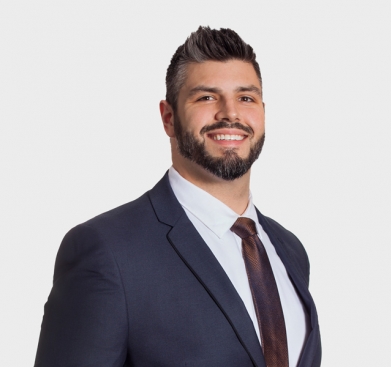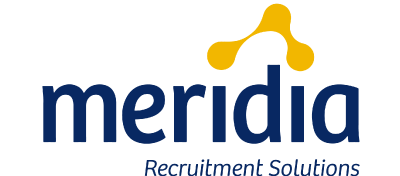
Five Avoidable Recruitment Mistakes: Tips for Employers in the Architecture, Engineering, and Construction Fields
In the fast-paced world of Architecture, Engineering, and Construction (AEC), attracting and retaining top talent is a constant challenge. Critical recruiting mistakes can hinder an employer’s ability to find the best candidates and maintain a thriving workforce. Let's dive into these pitfalls and explore how to overcome them:
1. Limiting the Candidate Pool:
Insisting on Canadian experience or neglecting to consider the full value of international experience or experience from other industries can unnecessarily exclude candidates from the recruitment process. Many organizations in the architecture, engineering and construction fields find their workforce lacks diversity. While specific industry nuances exist, many core principles are true across industries and around the globe. Look for candidates with the aptitude and willingness to adapt. For example, within a particular industry, candidates may need to adapt to region-specific requirements, such as building codes and environmental construction methods. Don't miss out on valuable skills and perspectives that candidates from underrepresented groups can bring to your team.
2. Overlooking the Importance of Values and Role Alignment:
A casual coffee chat and a handshake aren't enough to gauge a candidate's alignment with your company's culture, goals, and expectations, nor is it a sufficient way to ensure the opportunity and your company aligns well with the candidate’s needs. Structured interviews with situational-based and evidence-based questions are important, as is really listening to the responses. Having candidates meet with multiple members of your team can provide a sense of the company culture as well as gain greater buy-in from existing team members and the candidate.

“Ensuring expectations are clear – from both a candidate and employers’ perspective – is critical to support long-term success. Active listening and thoughtful questions are critical skills for those leading the recruitment process. This is why our team takes extra effort up front to really understand the needs of all parties involved.”
Cassandra George, Senior Consultant specializing in engineering, development, and construction recruitment.
3. Prioritizing Perfection Over Potential:
Waiting for the perfect candidate can lead to paralysis by analysis. Recognize that attitude, aptitude, and training can often compensate for limited experience. Instead of scaring potential candidates away with overly specific job descriptions, focus on what's essential and what can be developed through training. Work ethic and soft skills like communication, problem-solving, leadership, and teamwork are as crucial as hard skills such as technical expertise, budgeting, or project management– which can be cultivated over time or supported through additional education or training.
4. Relying on Passive Recruitment Strategies:
The best candidates aren't always actively seeking new opportunities. Don’t limit your search to just people open to work.
In our experience, recruiting for roles in the architecture, engineering, and construction fields is most successful when employers don’t just rely on applicants from job posts. For example, we implement a multi-pronged approach that includes leveraging our internal database, social media, industry networks, and specialized expertise.

“To capture the interest of some of the most sought-after people, you need to understand the industry, the specific needs of the organization, what is uniquely appealing about a role – as well as how it aligns with what a candidate needs to do personally and professionally to achieve their career goals. Helping candidates see the potential of an opportunity and their future in it requires industry insight and a focus on building trusted relationships. Not only does this bring in great talent, but it ensures their success in the role.”
Austin McLennan, Senior Consultant specializing in recruitment in construction and Human Resources.
5. Not Prioritizing Retention:
Supporting candidates shouldn't stop once they are hired. Focus on retaining your talent by addressing issues proactively through a thoughtful approach to onboarding that considers training, as well as supporting the building of relationships with colleagues and regular check-ins to support a new employee’s progress.

“Employee expectations have shifted in the past few years and employers need to adapt to prevent turnover. Even employers who have traditionally had in-office workforces have had to evolve to embrace remote work opportunities and other flexible work arrangements where possible. Competitive compensation, professional development opportunities, and workplace culture are all more important than ever. Ultimately, the organizations we work with are reconsidering how they can create workplace environments where employees want to be.”
Janice Tanner Ernst, Senior HR Consultant with KBRS.
Avoiding these common recruiting mistakes is essential for building a successful and sustainable workforce. Embrace diversity, assess values alignment, prioritize potential, proactively seek out talent, and focus on retention. By doing so, you'll not only attract top talent but also create a workplace where employees thrive, ensuring long-term success for your organization.
Meridia has a dedicated recruitment team specializing in architecture, engineering and construction, with a proven track record of connecting in-demand skilled professionals with leading organizations. Interested in learning more? Connect with our team





